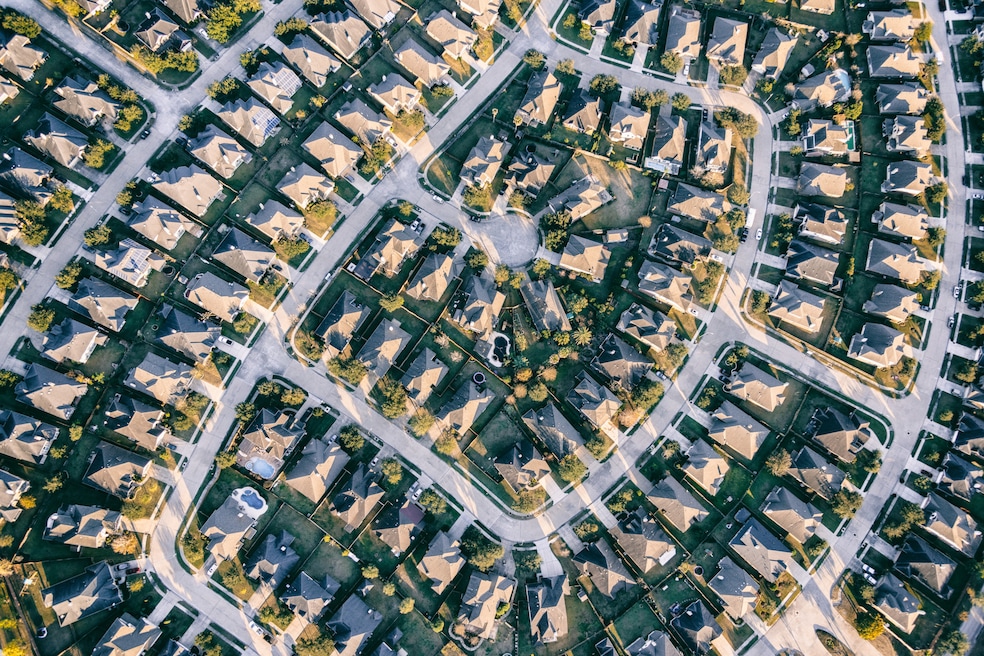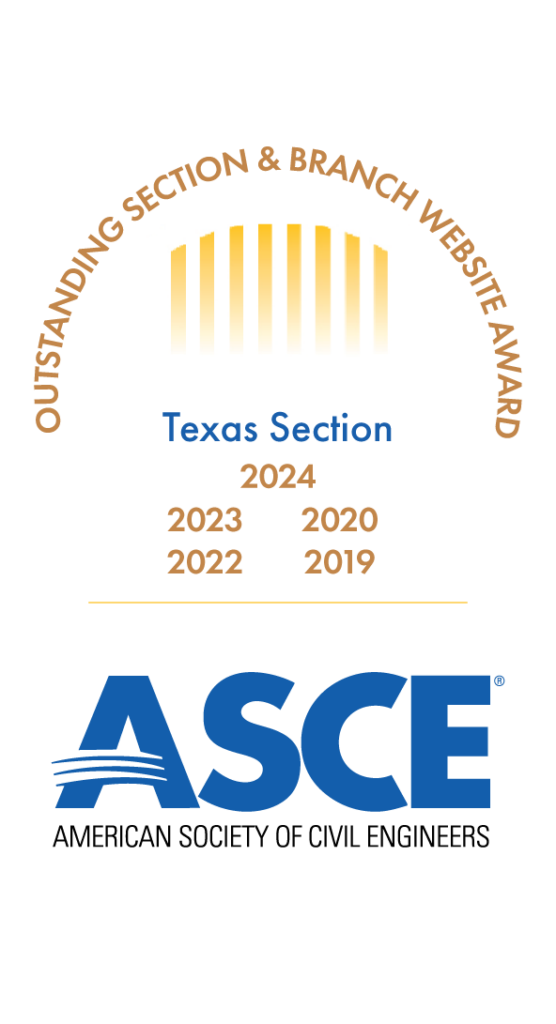US infrastructure needs more investment. Here’s why homeowners should care.
Report found crumbling roads, bridges, and more cost homeowners
April 2025
Reposted with Homes.com
Without continued investment, however, those gains could quickly slip away.
Thanks to federal spending since 2021, the state of U.S. infrastructure is not as dire as it was in years past, according to data analyzed by the American Society of Civil Engineers, a trade group that monitors the state of infrastructure throughout the county. Every four years, ASCE uses publicly available data to assess and grade the state of U.S. infrastructure across 18 sectors for its “Report Card for America’s Infrastructure.”
When Carol Haddock, ASCE’s vice chair of the committee of America’s infrastructure, talks to homebuyers and homeowners about infrastructure, she worries that these 18 sectors — from roads and bridges to wastewater and electricity — are “the frosting” on a home itself. But, the Houston-based civil engineer said, they’re integral to what, for many Americans, is their biggest investment.
“Infrastructure really is the foundation of communities,” said Haddock, also a professor-in-the-practice at Rice University. “It’s the stuff that you rely on every single day,” undergirding everything from the light switch flicked on in the morning, to the public street accessed after backing out of a private driveway.
And that is why, Haddock explained, U.S. homeowners and homebuyers should care deeply about the state of the nation’s infrastructure. If the drinking water, broadband, bridges, schools and public parks that serve a home are falling into disrepair, your investment isn’t as solid as it could be.
“When you think about how infrastructure impacts your individual house, it’s lots and lots of ways,” she said.
But for decades, many Americans had the luxury of letting the infrastructure that supports their homes and lives become invisible. Thanks to a glut of investment following World War II, infrastructure has not really been a nationwide issue over the past three or four decades.
“Because we don’t think about it, we don’t inherently have a value in what we should pay for that infrastructure,” Haddock noted. As our pipes, stormwater treatment plans, and railways age, however, that lack of thought and value is dangerous, especially as these systems face additional challenges from a changing climate.
For recent homebuyers, infrastructure failures can crop up by surprise. Take a wastewater problem, for instance, that causes overflowing manholes and wastewater running down the street. “Those are the types of things that, as an individual homeowner, you don’t even think about until you’re in your house and all of a sudden this problem is bugging you,” Haddock said. “Or you’ve got a traffic signal that always goes on flash because there’s problems in the [transmission] grid.”
For U.S. homebuyers and homeowners,this year’s ASCE report has some highlights.
Infrastructure investments pay off
Since ASCE’s 2021 report card, eight infrastructure sectors — including roads and transit — improved slightly.
“[Homeowners] need to understand that investments that were made over the last four years have directly benefited their day-to-day,” Haddock said.
Although subtle, the improvements were a direct reflection of significant federal investment, Haddock noted. Legislation such as the Inflation Reduction Act of 2022 and the Infrastructure Investment and Jobs Act of 2021 launched investment patters, but that spending needs to be sustained.
Following decades of deferred maintenance, “the backlog of maintenance projects grew,” states ASCE’s 2025 Report Card. “Meanwhile, demands on infrastructure systems have intensified apart from maintenance. Community expansion and usage trends, economic growth, unpredictable events, and new technologies have called for new plans and project design. These raised stakes require the federal government to continue prioritizing infrastructure investments.”
Aging infrastructure costs homeowners real money
For an individual, parsing out how crumbling infrastructure eats into household budgets can be difficult. When the road in your neighborhood gets a pothole or a burst pipe triggers a boil water advisory, it’s a pain, but does it cost you as an individual?
Yes, Haddock said, it does. “Basically, in 2025, each household loses just over $2,000 due to faulty infrastructure. This can be loss of time. This can be wear and tear on vehicles. … It’s across the board, direct and indirect costs.”
And, although that $2,000 figure is an improvement from ASCE’s 2021 estimate of $3,300, costs to homeowners could rise. “If the investments that were committed over the last four years do not continue forward,” Haddock specified, “we see [the cost] increasing to almost $2,700 per year, per family.”
So what can U.S. homeowners do to safeguard infrastructure improvements and invest in aging sectors? In addition to encouraging elected officials to maintain investment levels, homeowners need to be the eyes and ears of their neighborhoods, Haddock said. When you something degrading, let your local officials know.
“When you see a small pothole, call it in,” she emphasized. “A small pothole can be repaired in a way that will last a very long time, whereas a big pothole is going to continue to degrade and unravel itself over and over.”



